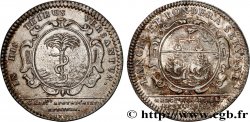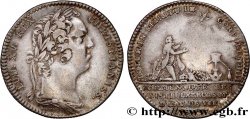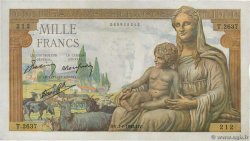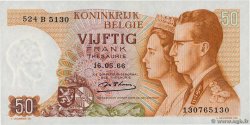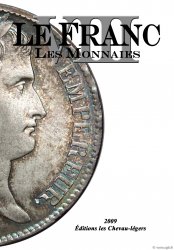fjt_755540 - CORPORATIONS Verriers, Fayenciers, Émailleurs, Patenôtriers 1767
100.00 €(Approx. 116.00$ | 87.00£)
Quantity
Add to your cart

Type : Verriers, Fayenciers, Émailleurs, Patenôtriers
Date: 1767
Mint name / Town : s.l.
Metal : gilt copper
Diameter : 29,5 mm
Orientation dies : 12 h.
Weight : 12,41 g.
Edge : Lisse
Rarity : R2
Coments on the condition:
Patine un peu sombre. Quelques traces d’usure sont visibles à l’avers et au revers
Catalogue references :
Predigree :
Exemplaire provenant de la Collection MARINECHE
Obverse
Obverse legend : LUDOV. XVI. REX. CHRISTIANISS.
Obverse description : Buste à gauche de Louis XVI signé DUV..
Obverse translation : Louis XV, roi très chrétien.
Reverse
Reverse legend : MDS. VERRIERS. FAYANCIERS. EMAILLEURS. PATENOTRIERS. 1767.
Reverse description : Un oeil et XII dans un cercle suspendu à un noeud. Dessous, chapelet, vase et rameaux.
Commentary
Les paternôtriers existent depuis le Moyen Âge, puisque l'on comptait par exemple quatorze d'entre eux à Paris sous le règne de Philippe le Bel.
Ils formaient quatre corporations (ou trois confréries) décrites dans le Livre des métiers d'Étienne Boileau :
patenôtriers d'ambre et de jais (ou jaïs, jayet, gaïet)
patenôtriers de corail et de coquilles de nacre
patenôtriers d'os et corne
patenôtriers de boucles (boules et anneau pour vêtements)
Les apprentis, enfants d'au moins douze ans, passaient entre cinq, huit (os) dix (jais) et douze (corail) années d'apprentissage pour devenir maîtres émailleurs et s'ils prenaient la fuite, le maître patenôtrier devait les attendre au moins une année et un jour. L'entrée dans la confrérie était payante (5 sous).
Voir de nombreux autres détails à http://fr.wikipedia.org/wiki/Paten%C3%B4trier.
Paternosters have existed since the Middle Ages, since there were, for example, fourteen of them in Paris during the reign of Philip the Fair. They formed four corporations (or three brotherhoods) described in the Book of Trades by Étienne Boileau: paternosters of amber and jet (or jaïs, jayet, gaïet) paternosters of coral and mother-of-pearl shells paternosters of bone and horn paternosters of buckles (balls and rings for clothing) The apprentices, children of at least twelve years old, spent between five, eight (bone), ten (jet) and twelve (coral) years of apprenticeship to become master enamelers and if they ran away, the master paternoster had to wait for them at least a year and a day. Entry into the brotherhood was paid (5 sous). See many other details at http://fr.wikipedia.org/wiki/Paten%C3%B4trier
Ils formaient quatre corporations (ou trois confréries) décrites dans le Livre des métiers d'Étienne Boileau :
patenôtriers d'ambre et de jais (ou jaïs, jayet, gaïet)
patenôtriers de corail et de coquilles de nacre
patenôtriers d'os et corne
patenôtriers de boucles (boules et anneau pour vêtements)
Les apprentis, enfants d'au moins douze ans, passaient entre cinq, huit (os) dix (jais) et douze (corail) années d'apprentissage pour devenir maîtres émailleurs et s'ils prenaient la fuite, le maître patenôtrier devait les attendre au moins une année et un jour. L'entrée dans la confrérie était payante (5 sous).
Voir de nombreux autres détails à http://fr.wikipedia.org/wiki/Paten%C3%B4trier.
Paternosters have existed since the Middle Ages, since there were, for example, fourteen of them in Paris during the reign of Philip the Fair. They formed four corporations (or three brotherhoods) described in the Book of Trades by Étienne Boileau: paternosters of amber and jet (or jaïs, jayet, gaïet) paternosters of coral and mother-of-pearl shells paternosters of bone and horn paternosters of buckles (balls and rings for clothing) The apprentices, children of at least twelve years old, spent between five, eight (bone), ten (jet) and twelve (coral) years of apprenticeship to become master enamelers and if they ran away, the master paternoster had to wait for them at least a year and a day. Entry into the brotherhood was paid (5 sous). See many other details at http://fr.wikipedia.org/wiki/Paten%C3%B4trier







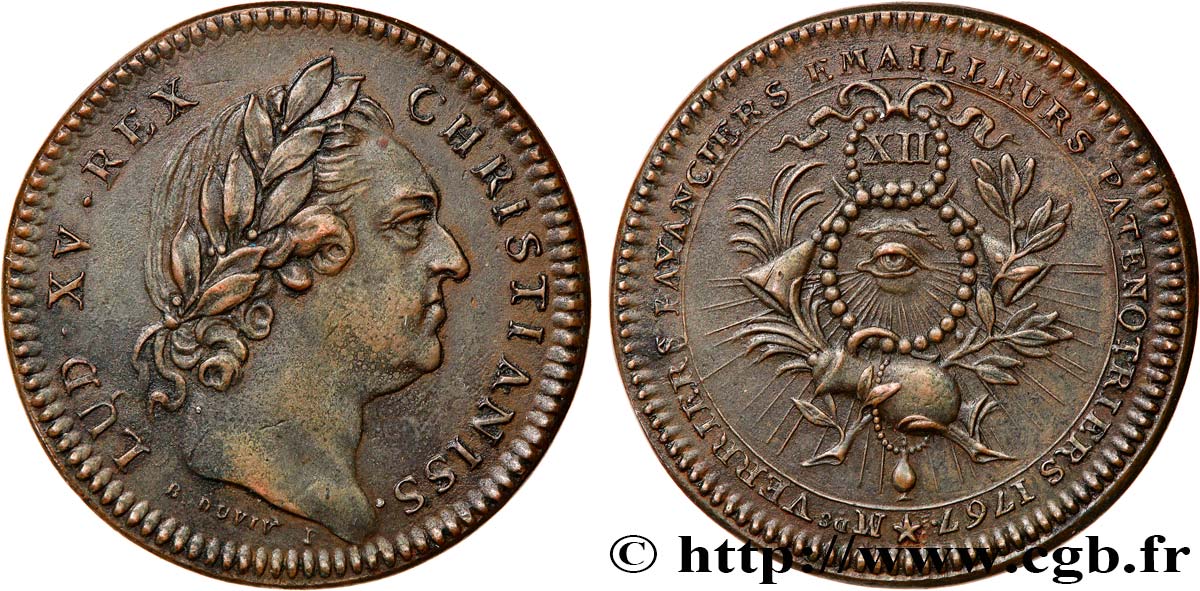
 Report a mistake
Report a mistake Print the page
Print the page Share my selection
Share my selection Ask a question
Ask a question Consign / sell
Consign / sell
 Full data
Full data

